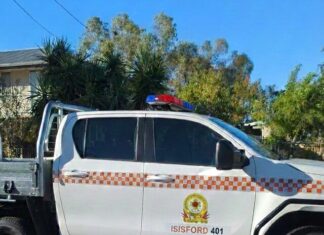Charleville Senior BasePilot, Nick Tully, and flight standards manager, Warren Schmidt, have developedkerosene lantern kits which will aid pilots land in remote areas obscured bydarkness.
Funded through theGavin Simpson Bursary Innovation Award, an accolade awarded to RFDS staff whohave the intention of developing innovative projects to assist patients, thekerosene lanterns can be witnessed up to 30 miles away when compared to solarlights typically utilised on airstrips.
Mr Tully said the kitswould not only be a better alternative, but would also be a more cost-effectiveoption when compared to traditional methods of lighting.
“The idea came from aretrieval we did out near Betoota last year,” Mr Tully said. “The propertyowner had portable lights. However, the batteries weren’t being replacedregularly, so when we were flying in to carry out the retrieval, they werebeing caught short at a really critical time.
“We’ve looked atquotes to light a 1000-metre airstrip with solar lights, and you can be lookingat up to $26,000, plus the upkeep of batteries and general maintenance on thelights can be another $3,000 to $5,000 every five years.
“That’s a lot of moneyfor something that might only be used once every five to 10 years. Our kits arelikely to be closer to $600 to $800.”
The kits will include 25lights; 10 for each side of the runway, two at the end of the airstrip, and onespare, as well as instructions on how to properly light lanterns for propertyowners unfamiliar on how to use a match and fuel.
“These lanterns aresomething that’s been historically tried and tested,” Mr Tully said.
-type: imageimage:- ’/assets/lantern-prototypes.JPG“Our currentprototypes just need to go through some basic testing in different weather conditionsand then, depending on demand, we should be able to sell them directly throughour bases or on our RFDS field days.”






